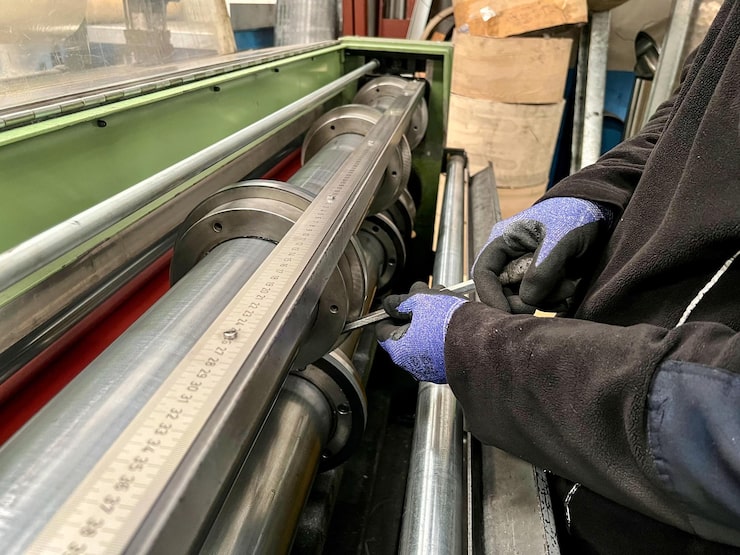Electrostatic coating is widely used in modern manufacturing to apply paint or powder coatings efficiently and uniformly. Understanding what is the process of electrostatic coating is critical for engineers, quality managers, and production personnel who seek high-quality finishes on industrial and consumer products.
The electrostatic coating process begins with surface preparation. The target surface must be clean, free of oils, dust, rust, or moisture to ensure proper adhesion. Common methods include degreasing, sandblasting, chemical cleaning, or phosphating for metals. Proper surface preparation is critical because even small contaminants can compromise the coating’s performance, leading to defects such as peeling or uneven coverage.

Next, the coating material is prepared. In powder electrostatic coating, the powder particles are fed into a spray gun where they are given an electrical charge, typically positive. For liquid electrostatic coatings, the paint is atomized and similarly charged. The grounded workpiece attracts the charged particles, creating uniform coverage across complex shapes, recesses, and edges. This electrostatic attraction significantly improves transfer efficiency compared to traditional spraying methods.
Once applied, the coating undergoes a curing process. For powder coatings, the coated part is heated in an oven to a specific temperature for a defined period. The heat melts the powder particles, allowing them to flow and coalesce into a continuous, durable film. Chemical cross-linking occurs, enhancing adhesion, chemical resistance, and mechanical strength. Liquid electrostatic coatings may also require heat or air-drying, depending on the formulation.
The final step is inspection and quality control. Operators measure coating thickness, uniformity, surface finish, and adhesion to ensure the part meets specifications. High standards are particularly important in industries such as automotive, aerospace, electronics, and medical devices, where coating failure can affect both performance and safety.
Electrostatic coating is valued for its efficiency, environmental benefits, and versatility. Because the charged particles adhere to the surface, overspray is minimized, and coating material can often be recovered and reused. This reduces waste, lowers costs, and contributes to environmentally responsible production practices. Additionally, the process can be adapted to various materials, including metals, plastics, and composites, and used for decorative or protective purposes.
Advanced electrostatic coating systems incorporate automation and monitoring. Robots and automated spray arms ensure consistent coverage, while sensors control voltage, spray flow, and part movement. This improves repeatability, reduces labor costs, and maintains high-quality finishes even for complex geometries.
Electrostatic coating is widely used across industries. It provides corrosion resistance, wear protection, and aesthetic finishes for appliances, automotive bodies, metal furniture, machinery, and electronic enclosures. The combination of precision, durability, and environmental efficiency makes it an essential process in modern manufacturing.


